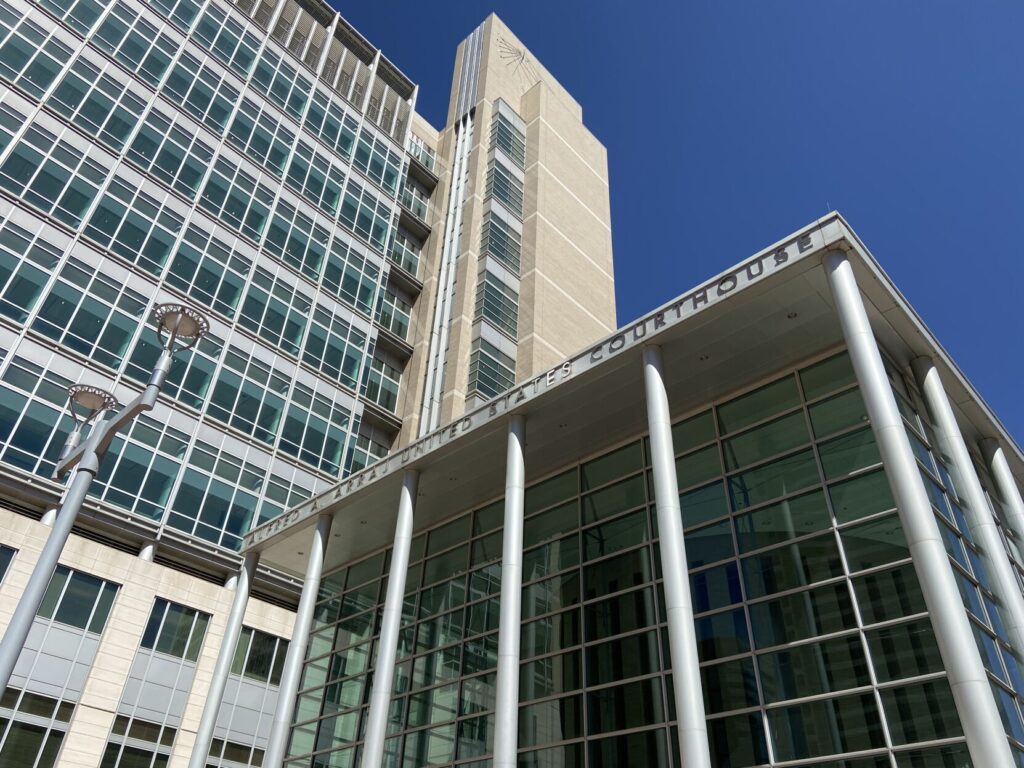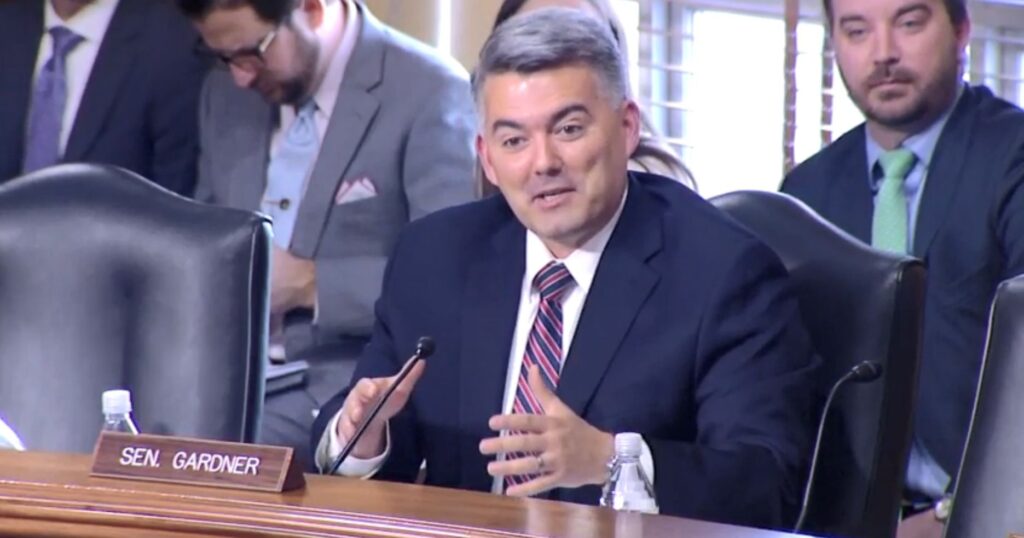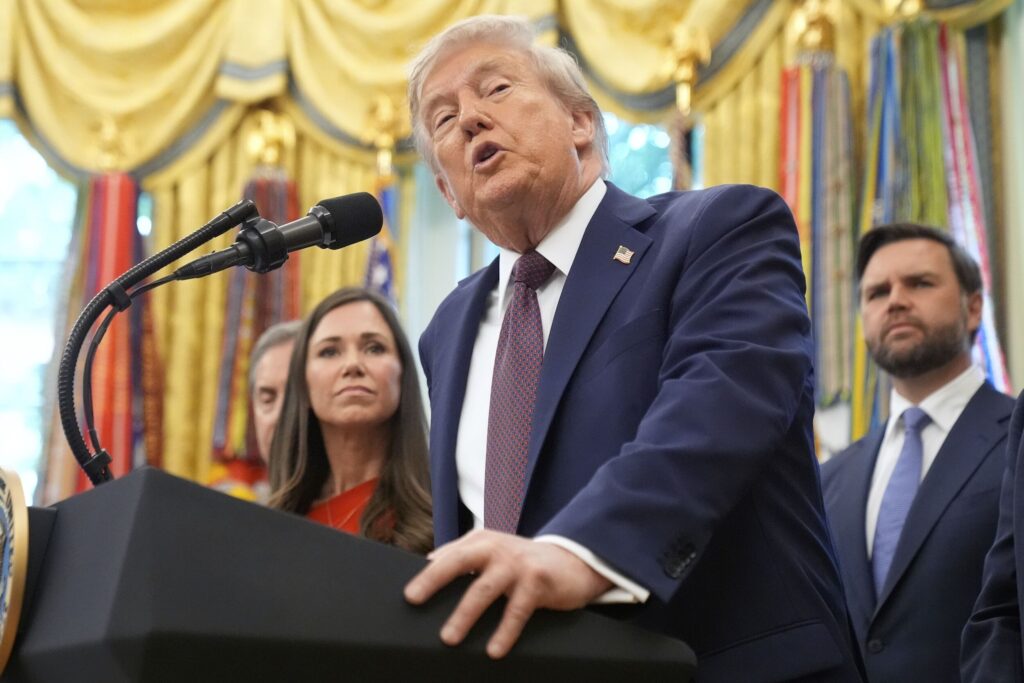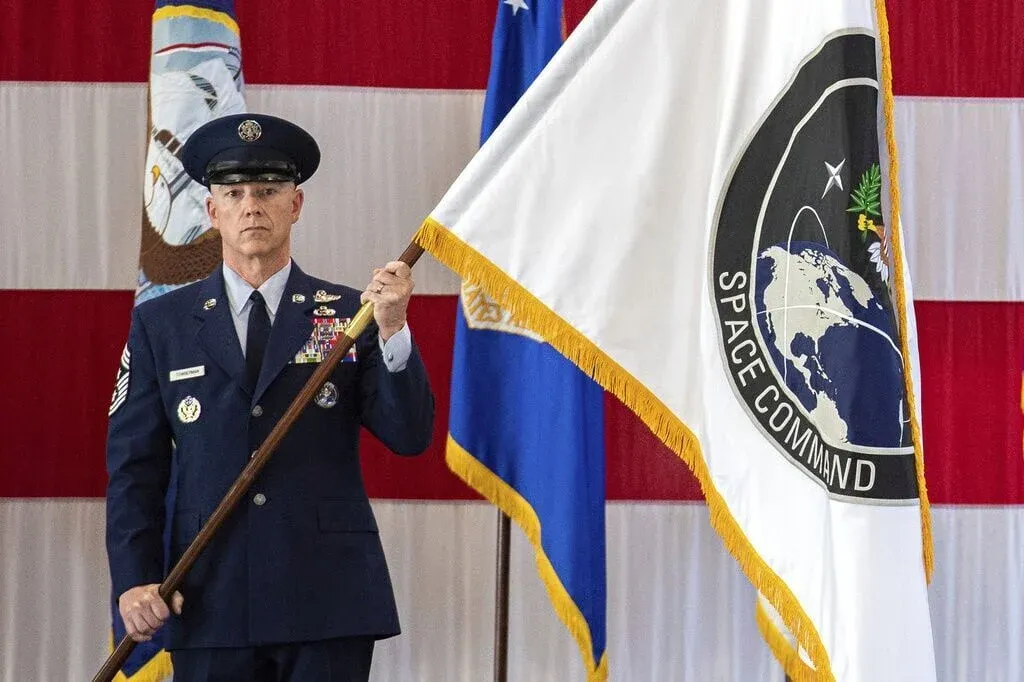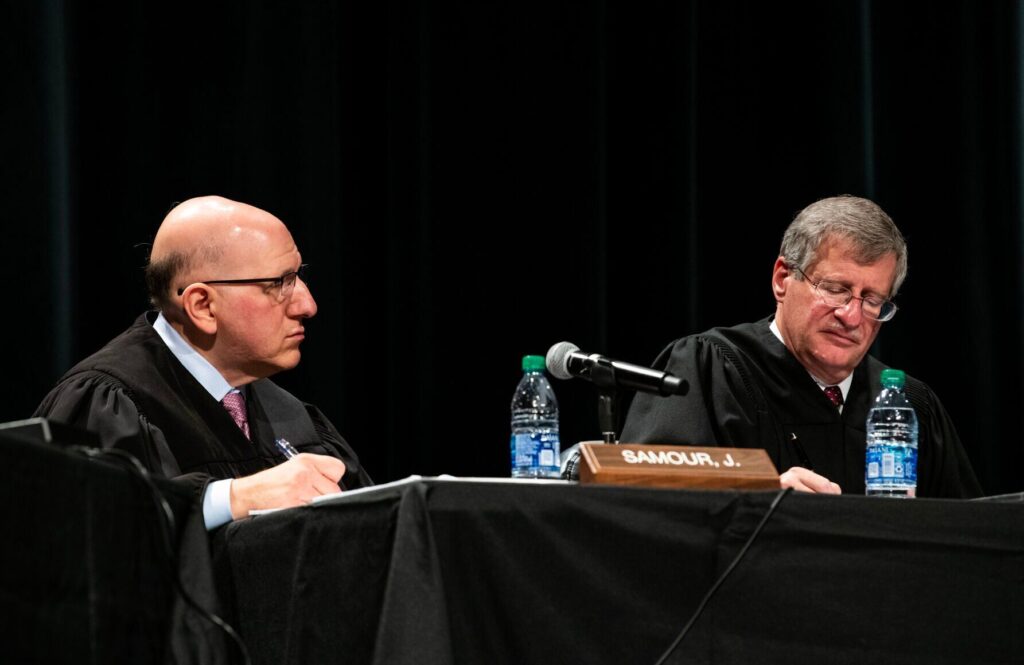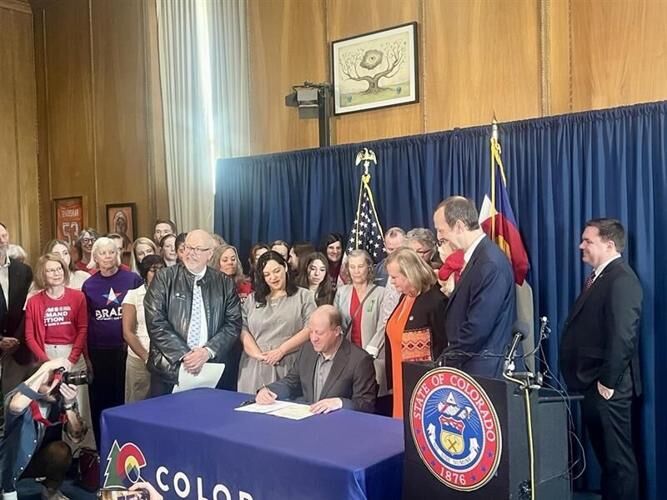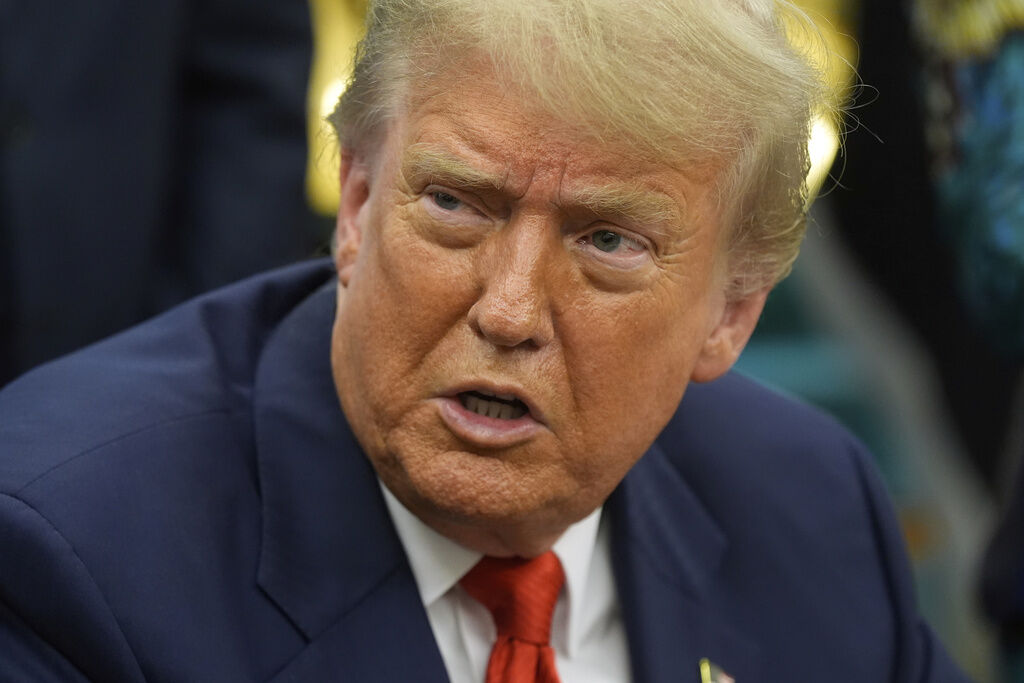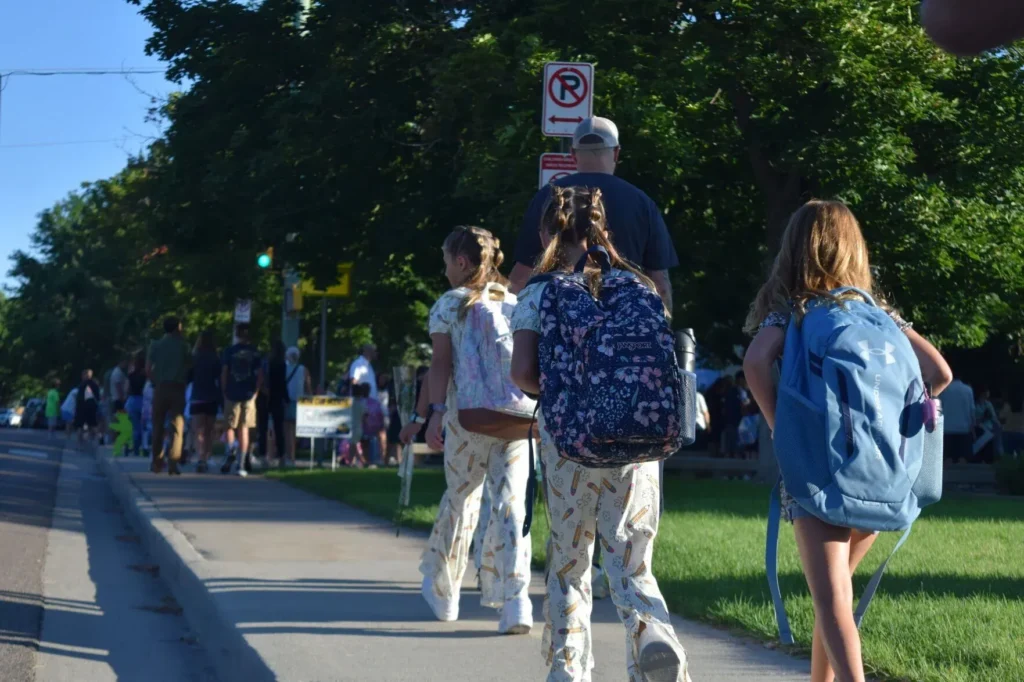Misunderstood millennials didn’t come home for Hillary after all
Political parties and candidates may have been deaf to the concerns of younger voters in the recent election, which could prove to be a valuable lesson in upcoming elections.
Analysts widely assumed that millennial voters would largely lean toward Democrat Hillary Clinton over Republican Donald Trump. While observers took into consideration that many younger voters would cast so-called “protest” votes by supporting a candidate outside the two-party system, the overall behavior of millennial voters appears to have been miscalculated.
The passion that fueled younger voters had less to do with whether a candidate was a Republican or a Democrat, and more to do with whether the candidate would break the establishment mold. In many ways, Trump represented the outsider candidate. It’s also why Bernie Sanders was able to galvanize so many younger voters during the Democratic primary.
Voters ages 18-34 made up about 25 percent of the vote this year in Colorado, according to Magellan Strategies, a Colorado-based polling firm.
Of that demographic, Clinton still did the best, with 39 percent of the younger vote. But Trump did well, receiving about 21 percent of the millennial vote, according to Magellan Strategies. It was an outcome that surprised many analysts.
Election results still need to be certified in Colorado, so more accurate numbers are expected, but analysts believe the unofficial figures represent an excellent snapshot.
Non-major party candidates had an impressive showing in Colorado, with Libertarian Gary Johnson receiving about 14 percent of the younger vote and Green Party candidate Jill Stein receiving about 5 percent.
“There’s definitely evidence in there that 18-34 did not behave, and did not fall in line, to support the Democratic candidate as strongly as a lot of people would have perceived,” said David Flaherty, chief executive and founder of Magellan Strategies.
As a margin, Clinton largely kept pace with Barack Obama from 2012. Clinton won Colorado by 136,386 votes this year, according to unofficial results. Obama won the state in 2012 by about 137,859.
But 195,501 more people voted in Colorado this year compared to 2012, according to unofficial results, so it’s not a direct comparison of margins.
Clinton won Colorado this year by nearly 5 percent. But Flaherty believes she should have won by closer to 8 points, which could be reflective of the impact millennial voters and third-party candidates had on the election.
“When you look and read through independent voters that are 18-34, who say that they do tend to vote for more Democrats than Republicans, it’s not as monolithic as you think where they’re always voting for the Democratic candidate,” Flaherty said. “It’s more about how Hillary is perceived as the establishment, and she is part of business as usual in Washington.
“We’re kind of surprised how many references in the responses we’re seeing (from younger voters) that I voted for Trump.”
It’s not entirely clear how the younger vote will play into the mid-term in two years. Voter turnout will likely fall well short of results this year. And millennial voters may not be as motivated to participate.
Mid-terms also tend to be more of a referendum on how the president and Congress is performing, and with a Republican-controlled Congress and White House, it’s entirely possible that voters will revolt against the existing regime, as history has proven in the past.
In Colorado, voters are facing a polarized gubernatorial race in 2018, in which younger voters could help swing the outcome. Field organizers who work with younger voters say parties and candidates should focus on issues that are important to millennial voters, such as student debt, racial justice and climate change.
“We saw data repeatedly that said young people didn’t see a difference between Hillary Clinton and Donald Trump. I don’t think that’s because they couldn’t comprehend a difference. I think this year was not about the issues,” said Lizzy Stephan, executive director of New Era Colorado, a left-leaning group that works with young people in politics.
“We’re not talking about a will they, won’t they, turnout constituency. Colorado’s young voters turnout at high rates,” Stephan added. “They can’t be discounted, even though it’s a mid-term election.
“They’re a constituency that wants bold solutions, and they’re different from other generations in that they’re voting to make an impact on the issues that they care about, more so than they are out of loyalty to a particular political party.”
Republicans see gains with millennials as well, especially if the party can appeal to a more libertarian sentiment held by young people, as was seen with support for Johnson.
“Conservatives in particular need to figure out how to tap into the next generation, because there is going to come a point where the ability to get elected is going to depend upon being able to persuade millennial voters,” said Jimmy Sengenberger, chairman and president of the Millennial Policy Foundation, a right-leaning organization that works to engage younger voters.
“The millennial generation is now the largest generation in America, even larger than the baby boomers, and as they get older, they’ll be more participatory in the political process.”


